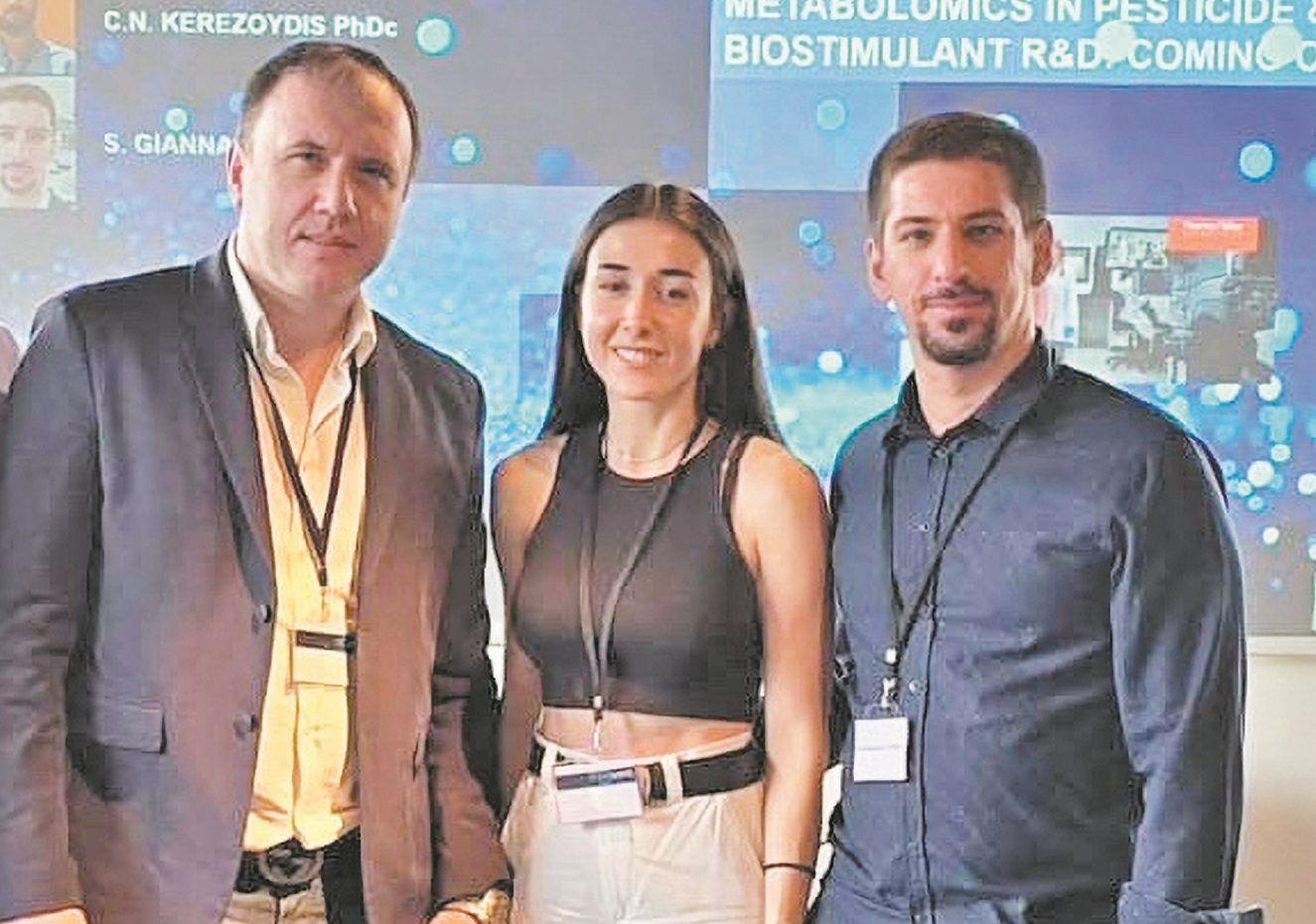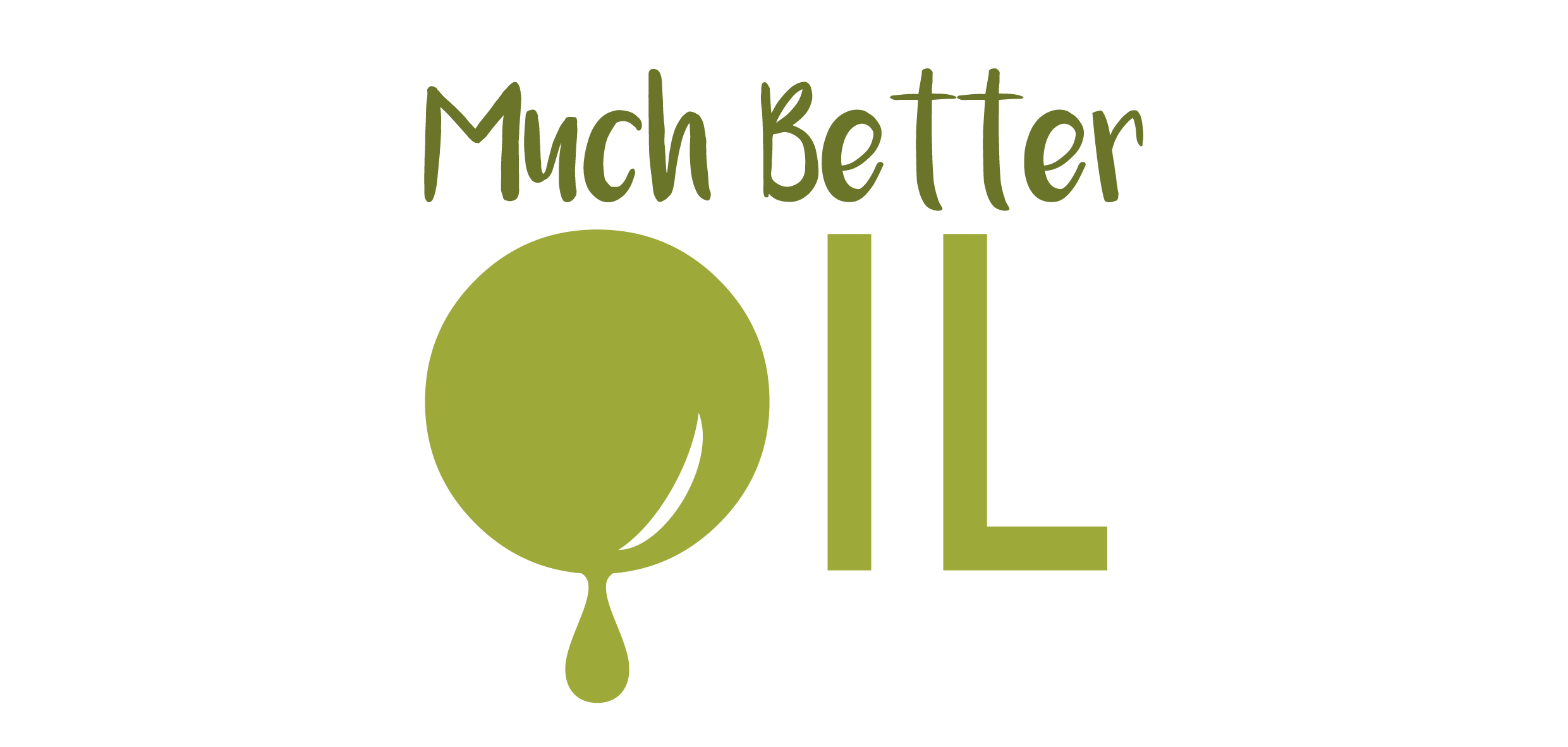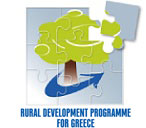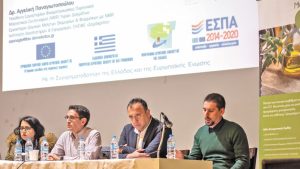Much – Better Oil: A Modern Guide to Tailored Plant Protection Programs

The project “MUCH-BETTER OIL,” funded under Submeasure 16.1-16.2 of Measure 16 ‘Cooperation’, puts olive anthracnose disease under the microscope. Sotiris Giannakaris, a PhD candidate at the Laboratory of Agricultural Pharmacology at the Agricultural University of Athens and a member of the project’s operational group, representing the university, talks to “YX” about how the idea was born, how it was implemented – thanks in part to the funding from Submeasure 16.1-16.2 – and what its results have been in the implementation area. As he points out, the disease under study, olive anthracnose (Gloeosporium), had come to affect olive cultivation more severely than the olive fruit fly.
How did the idea for the program come about?
Since 2016, we’ve been active in the region of Messinia and have gained experience with olive anthracnose. That was the first year that producers experienced major issues caused by the disease. We even contacted Antonis Paraskevopoulos, director at the Directorate of Agricultural Economy and Veterinary Services (DAOK) of Messinia, and carried out some field studies. We conducted analyses, isolated the fungus and identified it as Gloeosporium. However, it showed great variability in the region, meaning many strains had different characteristics in terms of both pathogenicity and resistance to active substances. In short, we discovered the fungus had different morphotypes, which gave the pathogen distinct traits.
So, you had prior experience in the region and recognized the need for scientific support?
Yes, that was the driving force behind forming the team. Our aim, in collaboration with the region’s two major cooperatives – “Eleonas” and “Nileas” – was to study the pathogen thoroughly, understand it completely, and offer viable solutions for olive cultivation.
How did producers handle the disease before this project?
In bad years, when outbreaks were widespread, there were frequent pesticide sprays. This meant high costs and often significant losses, because due to the variability of the fungus, the products used were often ineffective.
How and when exactly does this fungus act?
Gloeosporium is a pathogenic fungus that infects various parts of the olive tree: flowers, leaves, fruits and shoots. However, the biggest issue is with the flower, which can dry out. The main concern is that the fungus often remains latent in the flower and, later, in the developing fruit, without visible symptoms. When symptoms finally appear in autumn, the fungus is already inside the ripening fruit, making it difficult to combat. It affects trees during flowering and also during fruit ripening, especially when environmental conditions are favorable to the fungus.
Is it favored by humidity?
Yes, but in recent years we have observed aggressive morphotypes that develop even without moisture. Through our research, we have often seen that new and previously unobserved strains of the pathogen dominate.
What is the goal of the program?
Our aim is to implement preventative spraying at the right stage of development, using the appropriate products. A major issue we have identified is that the fungus has developed resistance. Moreover, producers are limited to approved substances, and as more substances are withdrawn from the market, their options shrink. So, we isolated strains from the local pathogen population and studied their resistance. This allows us to recommend customized plant protection programs for each case, ensuring optimal results with minimal intervention.
Is the quality of olive oil affected, and how?
In collaboration with a lab at the National Center for Scientific Research ‘Demokritos’, we analyze olive oil using metabolomics to compare oils from experimental fields. Essentially, we analyze the oil’s characteristics to assess how they were affected by our interventions. We aim to determine whether the proposed plant protection led to better-quality oil. The program concludes in June, and we are currently in the analysis phase.
Did producers cooperate in the program’s implementation?
The two cooperatives handled field applications. Both are strong organizations, produce export-quality oil, and wanted to expand their knowledge. The goal is to control the disease to produce higher-quality oil. Producers were eager to participate because since 2016, they have faced significant problems with the disease. In some years, losses rivaled those caused by the olive fruit fly.
What’s next?
Although the program is ending, our laboratory’s interest in the region remains strong. Since 2016, we have maintained a continuous presence, and the disease remains a key focus of study for us. So, we will continue updating our data, because continued research is essential for meaningful progress.







